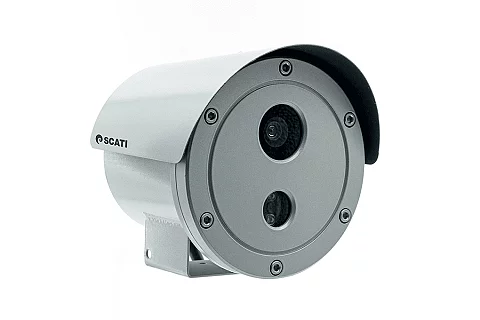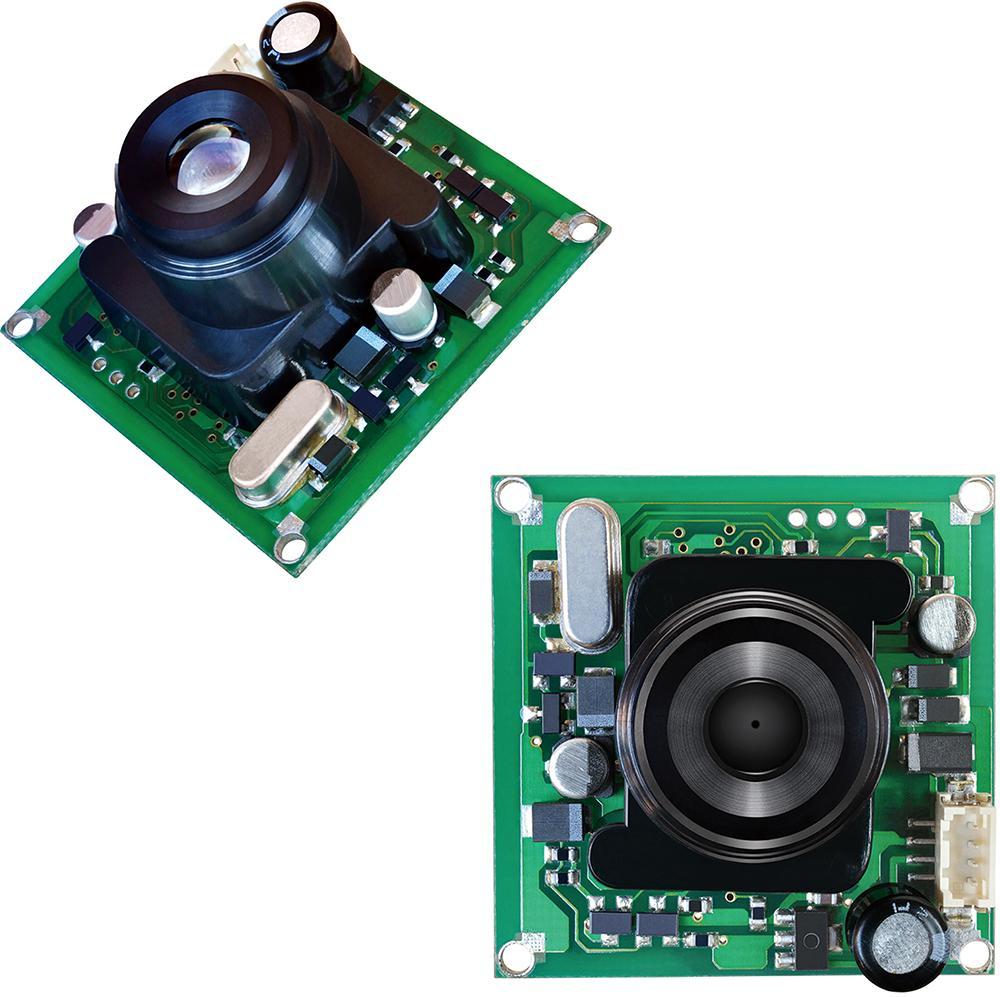
Amazon.com: WSDCAM Probador de cámara IP de muñeca portátil de 4 pulgadas CCTV Tester 4K H.265 IP CVBS CVI TVI AHD Analógico Cámara Probador con POE/IP DiscoveryFirmware/Informe de prueba de cámara 1800ADH-Plus :

El Supremo valida la videovigilancia con cámara oculta como prueba para justificar un despido - Diario Jurídico
Cámara De Acción En Caso A Prueba De Agua - Icono De Cámara De Deporte Ilustraciones Svg, Vectoriales, Clip Art Vectorizado Libre De Derechos. Image 87349305.

Amazon.com: 1 monitor de prueba todo en uno de 20 pulgadas y 1 cámara PTZ analógica de 2 MP 20 x HD : Electrónica
:quality(75)/cloudfront-us-east-1.images.arcpublishing.com/elcomercio/P4HFW4U5X5ALJFVXX6FE6VRJAQ.jpg)
Sony ZV-E10: sometimos a prueba la cámara pensada para vbloggers desde su diseño | Análisis | Review | Características | Precio | Fotografía | TECNOLOGIA | EL COMERCIO PERÚ

Amazon.com: 1 monitor de prueba todo en uno de 20 pulgadas y 1 cámara PTZ analógica de 2 MP 20 x HD : Electrónica
















